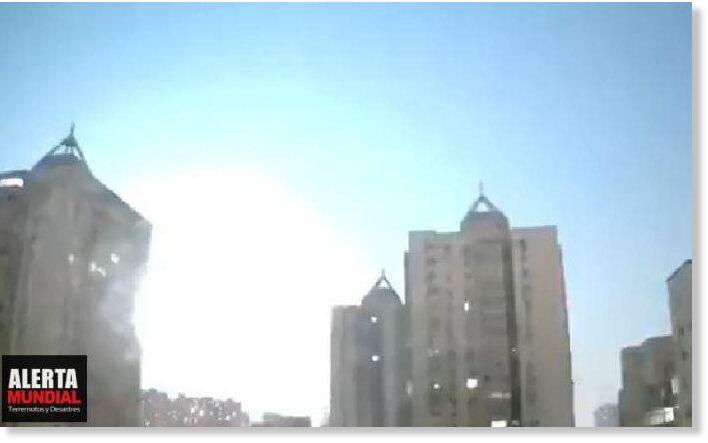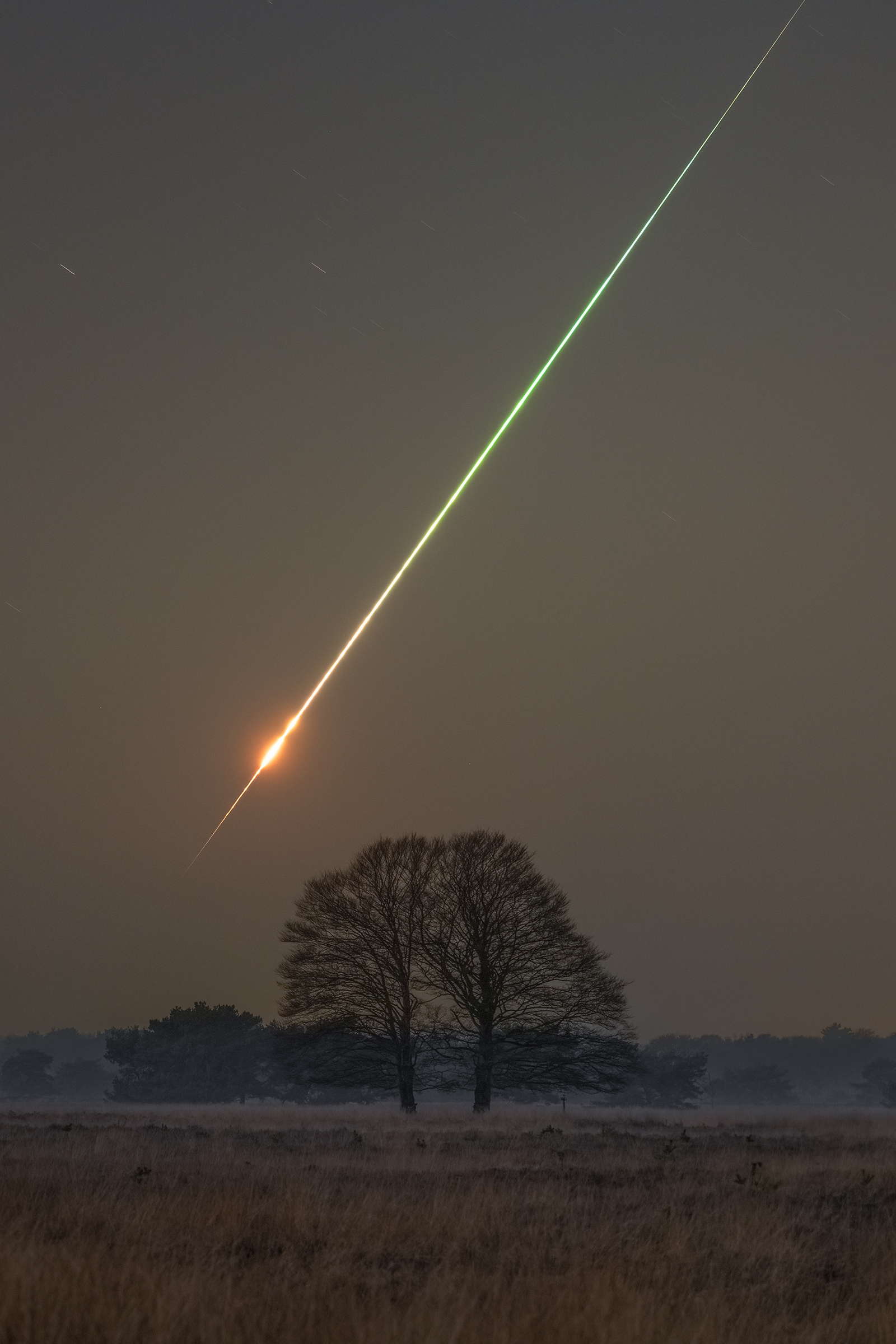#meteor

Material: Bronze
#Leo IV the #Khazar, with #Constantine VI, Leo III, and Constantine V (775-780AD
AE follis- 6,23 gram- 26 mm, Constantinople mint
Leo IV the Khazar (Greek: Λέων ὁ Χάζαρος, Leōn ho Khazaros; 25 January 750 – 8 September 780) was Byzantine emperor from 775 to 780 AD. He was born to Emperor Constantine V and Empress Tzitzak in 750. He was elevated to co-emperor in the next year, in 751, and married to #Irene of Athens in 769. When Constantine V died in September 775, while campaigning against the Bulgars, Leo IV became senior emperor. In 778 Leo raided Abbasid Syria, decisively defeating the Abbasid army outside of Germanikeia. Leo died on 8 September 780, of tuberculosis. He was succeeded by his underage son Constantine VI, with Irene serving as regent.-
#history of big #meteor hits on #earth #pythagathos #plato #ancent #pre-history
https://old.bitchute.com/video/KS6Kq88Mg1se/
https://www.ma-shops.com/noel/item.php?id=68911
Ein Polarlicht mit einem Perseiden-Meteor schmückte das Firmament über Schleswig-Holstein, ein Zusammentreffen der himmlischen Art.#Nordlicht #AuroraBorealis #Meteor #Perseiden #Meteorstrom #Astronomie
Polarlicht über dem hohen Norden
#Space Events May #2024 | #Planet Parade | Eta Aquariid #Meteor Shower
(8:15)
Source: https://youtube.com/watch?v=3ZkPA_2t8wY
◘ May 3: Celestial Parade
◘ May 4: Close Conjunction of Moon and Saturn
◘ May 5: Close Conjunction of Moon and Mars
◘ May 5-6: η-Aquariid meteor shower
◘ May 6: Moon at perigee
◘ May 8: New Moon
◘ May 8-9: η-Lyrids meteor shower
◘ May 13: Uranus at solar conjunction
◘ May 14: Mercury at its highest altitude in the dawn sky
◘ May 17: Moon at apogee
◘ May 18: Jupiter at solar conjunction
◘ May 20: The Devil Comet meets Rigel
◘ May 23: Flower Moon
◘ May 24: Lunar Occultation of Antares
◘ May 31: Lunar Occultation of Saturn
Wie können Radarsysteme durch Meteorbeobachtungen bei der Untersuchung der Atmosphäre helfen?#Meteore #Meteorbeobachtungen #Meteor #Radarsysteme #Atmosphäre #Atmosphärforschung #Astronomie
Meteorbeobachtungen mit Radarsystemen
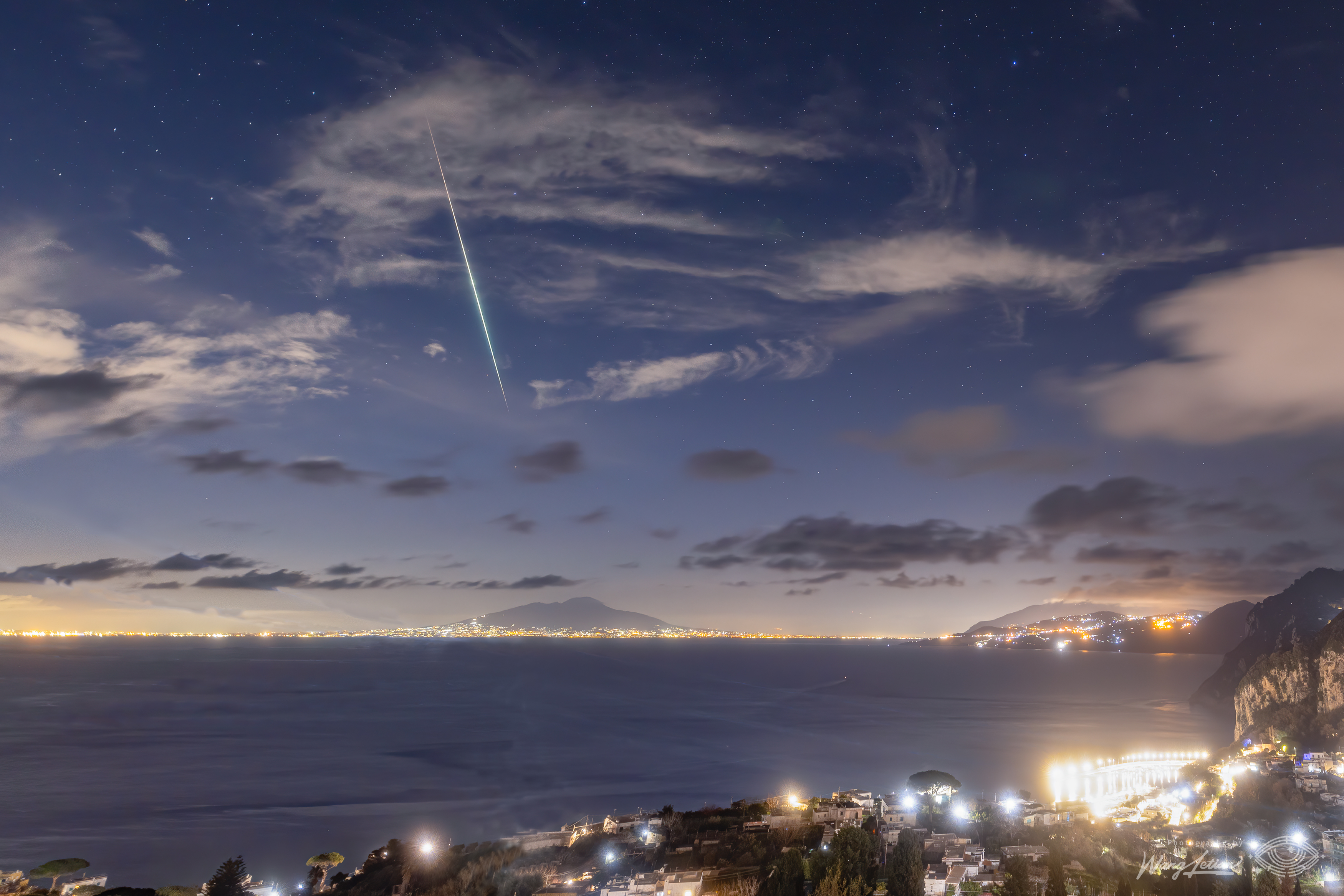
#Meteor over the Bay of #Naples
#Astronomy #Picture of the Day
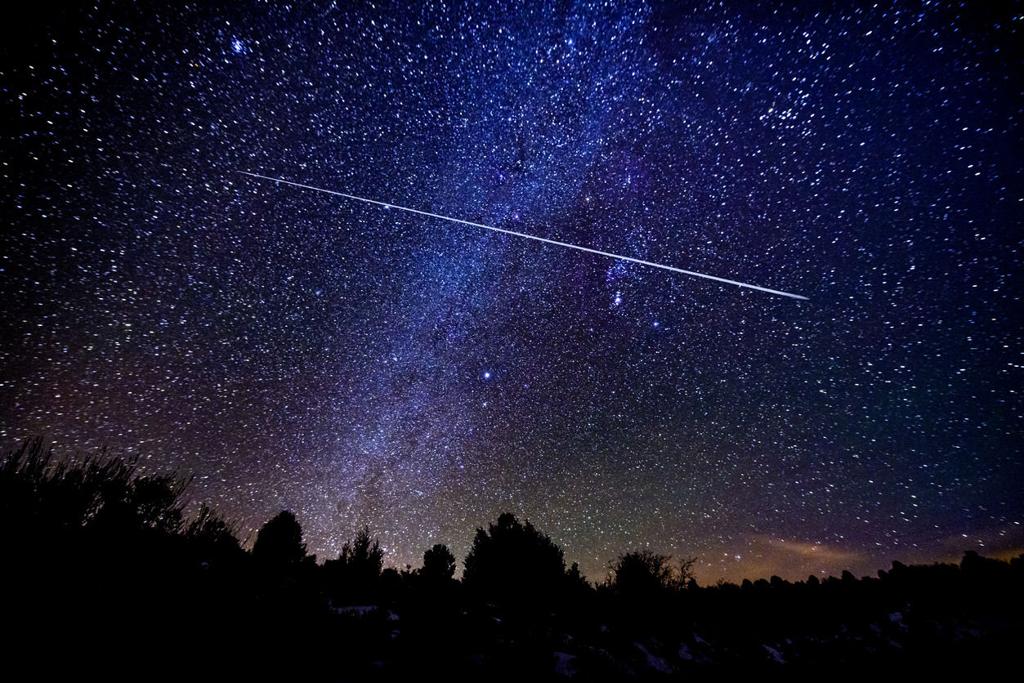
As November begins, the leaves aren’t the only things that will be falling from the sky. The season also brings an astronomy extravaganza in the form of not one, but two #Taurid #meteor showers. That's right: The Taurids are the meteor shower that’s so nice, we get to see it twice, with the Southern Taurid shower peak occurring in early November and the Northern Taurid meteor shower peaking a little later this month.
Meteors are small bits of space rock and dust that fall from passing asteroids and comets and which burn up as they enter the Earth’s atmosphere and fall as shooting stars. The Southern Taurid meteor showers are made up of pieces of detritus come from the comet Encke, a three-mile-wide chunk of ice which is visible from Earth every three years or so.
The Northern Taurids, meanwhile, come not from a comet but from an asteroid named 2004TG10, whose orbit around the Sun is similar to that of comet Encke.
Both Taurid meteor showers get their name because they appear to originate in the Taurus constellation, close to the star Aldebaran, although there is no connection.
The Southern Taurids come first. The Southern Taurids have been going on since mid-September but aren’t expected to peak until Nov. 6. They’ll continue on until Nov. 12. The Northern Taurids will follow a week later, with an expected peak on the night of Nov. 13 and ending on Dec. 2.
Unlike some other meteor showers, like the Orionids, the Taurids are not known for quantity, but rather quality: Just five meteors are expected to fall per hour, but they are known for being particularly bright and easy to spot. They’re also known for lasting longer than other meteors as the bits of rock thrown off the Encke are typically large and take longer to burn up.
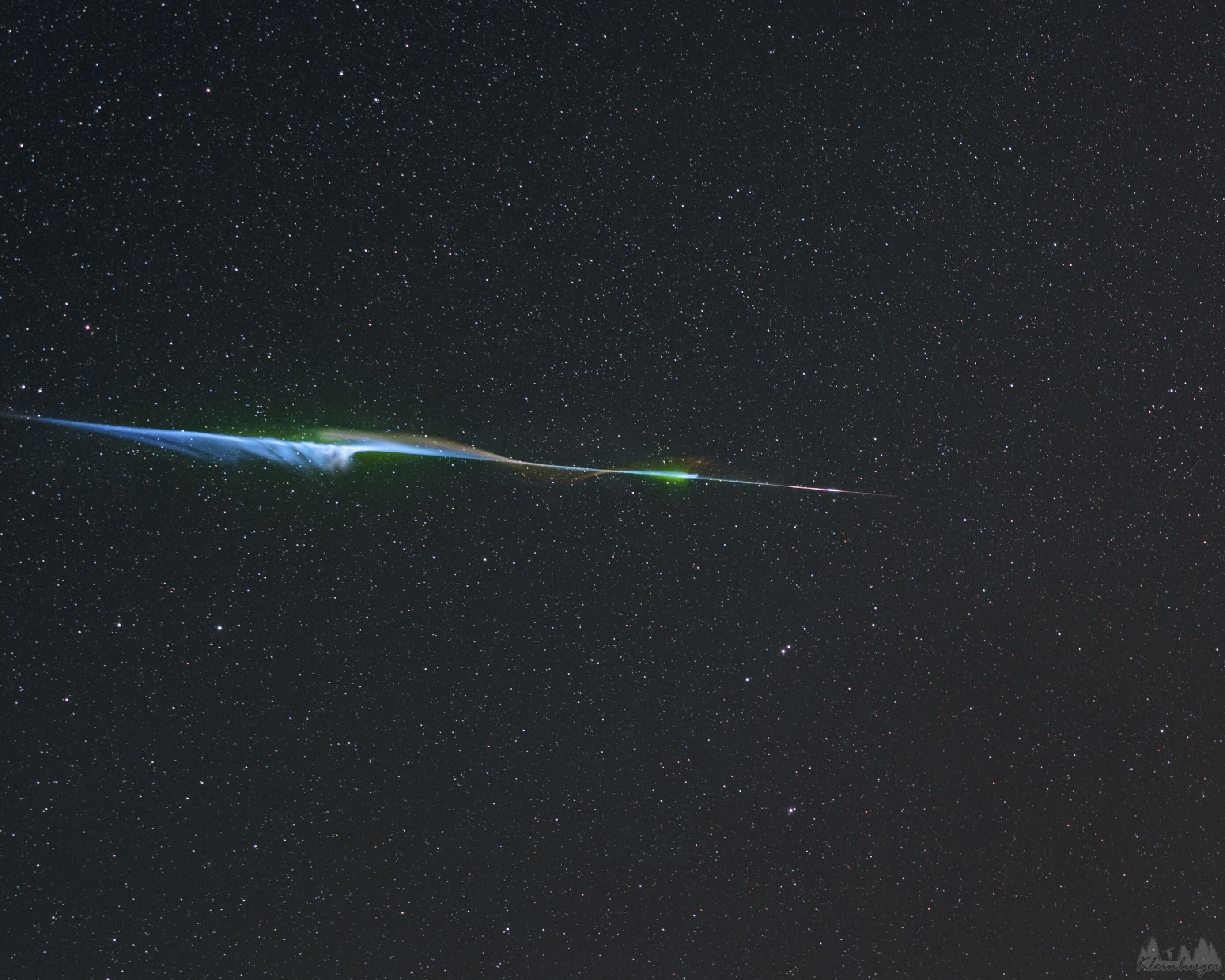
#ChemicalsGlow as a #Meteor Disintegrates
#Astronomy #Picture of the Day
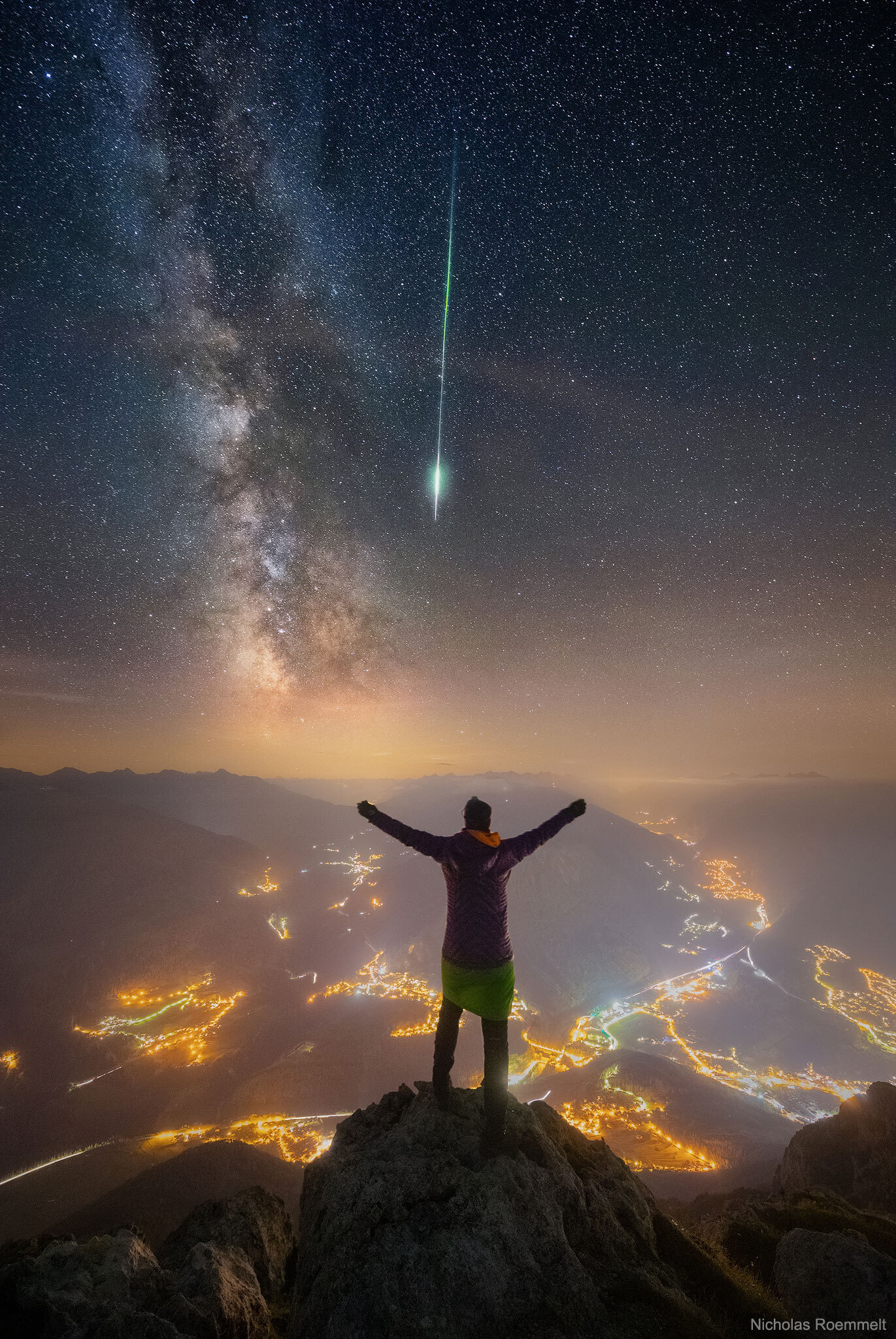
#Meteor and #MilkyWay over the #Alps
#Astronomy #Picture of the Day

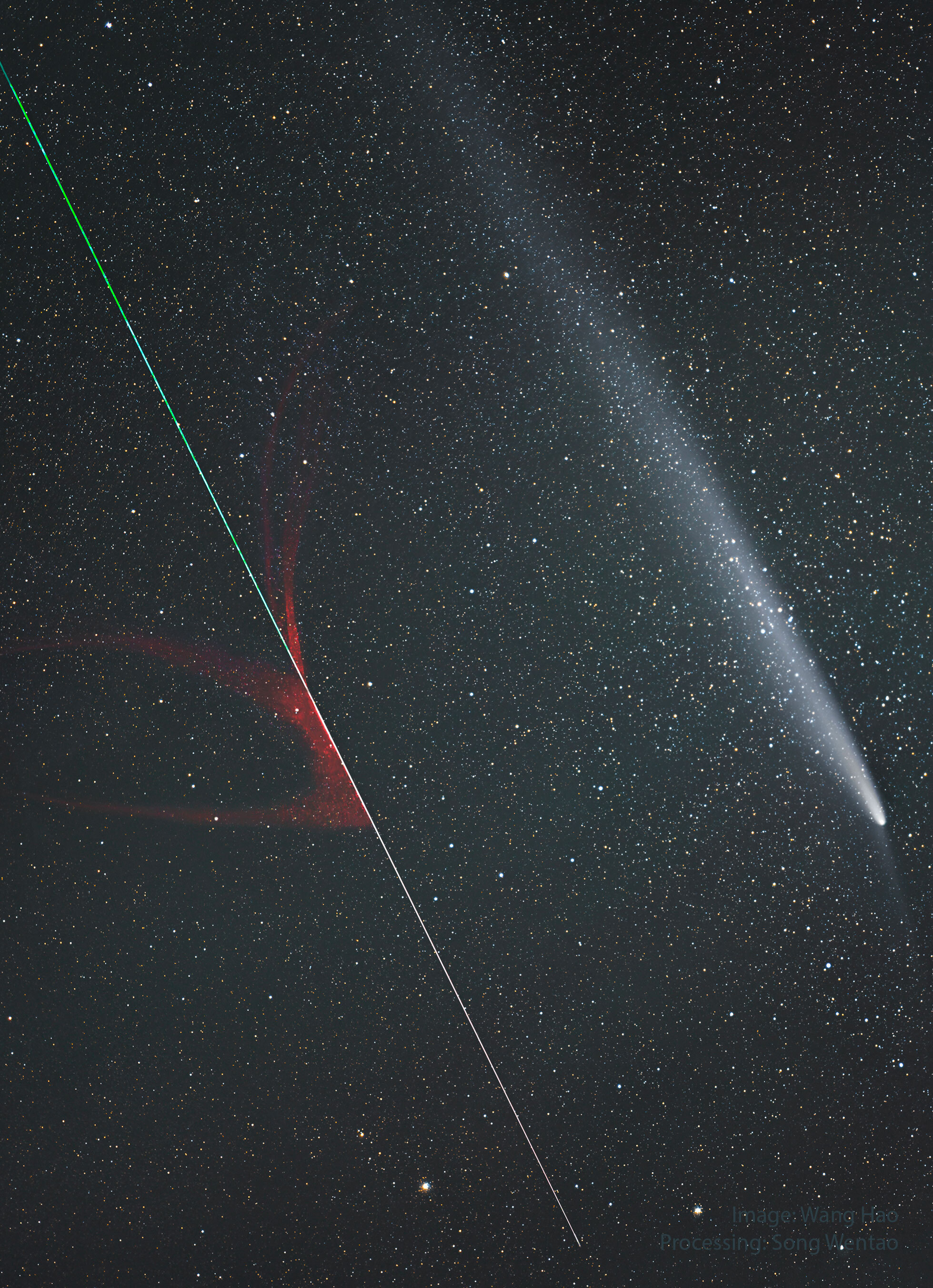


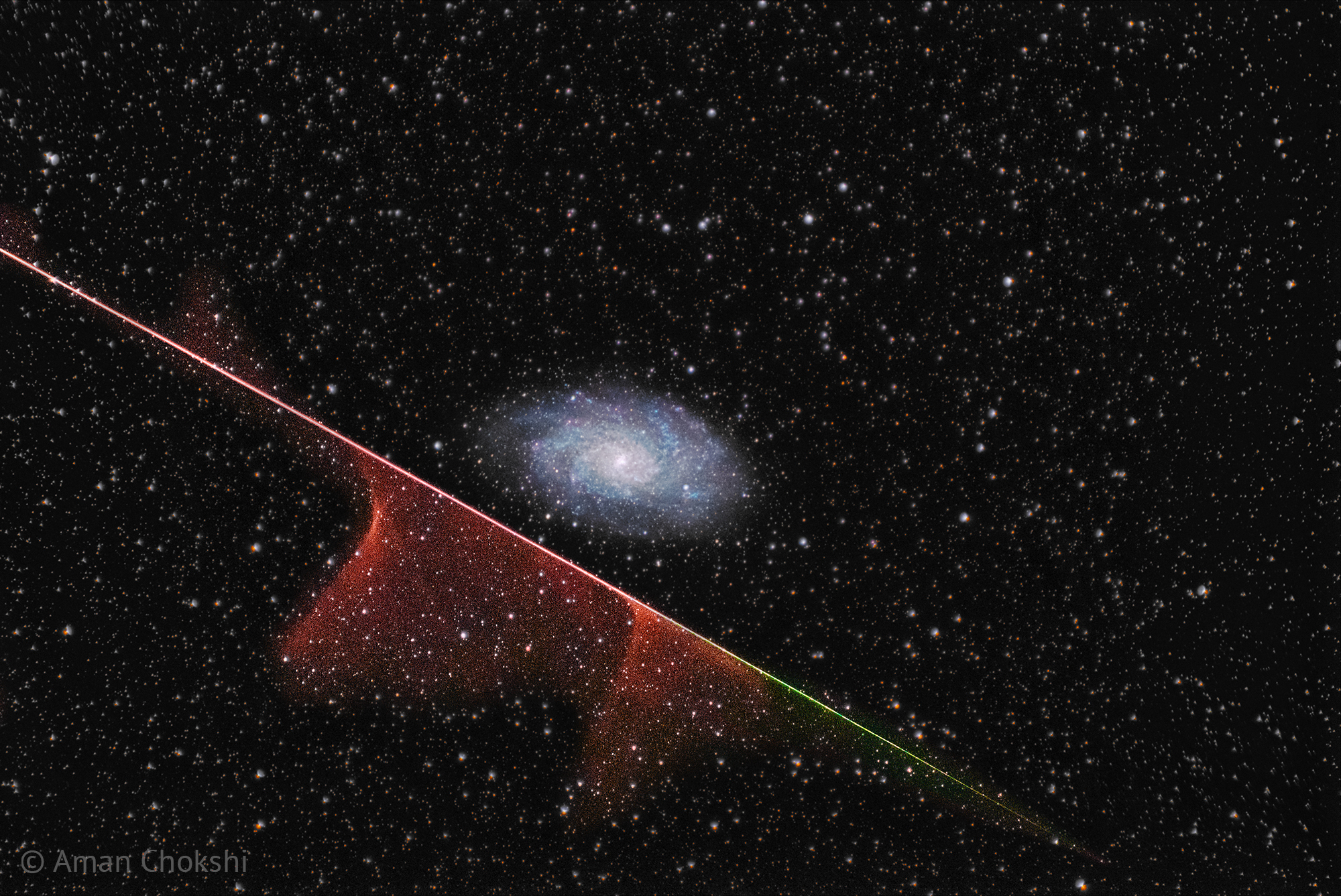
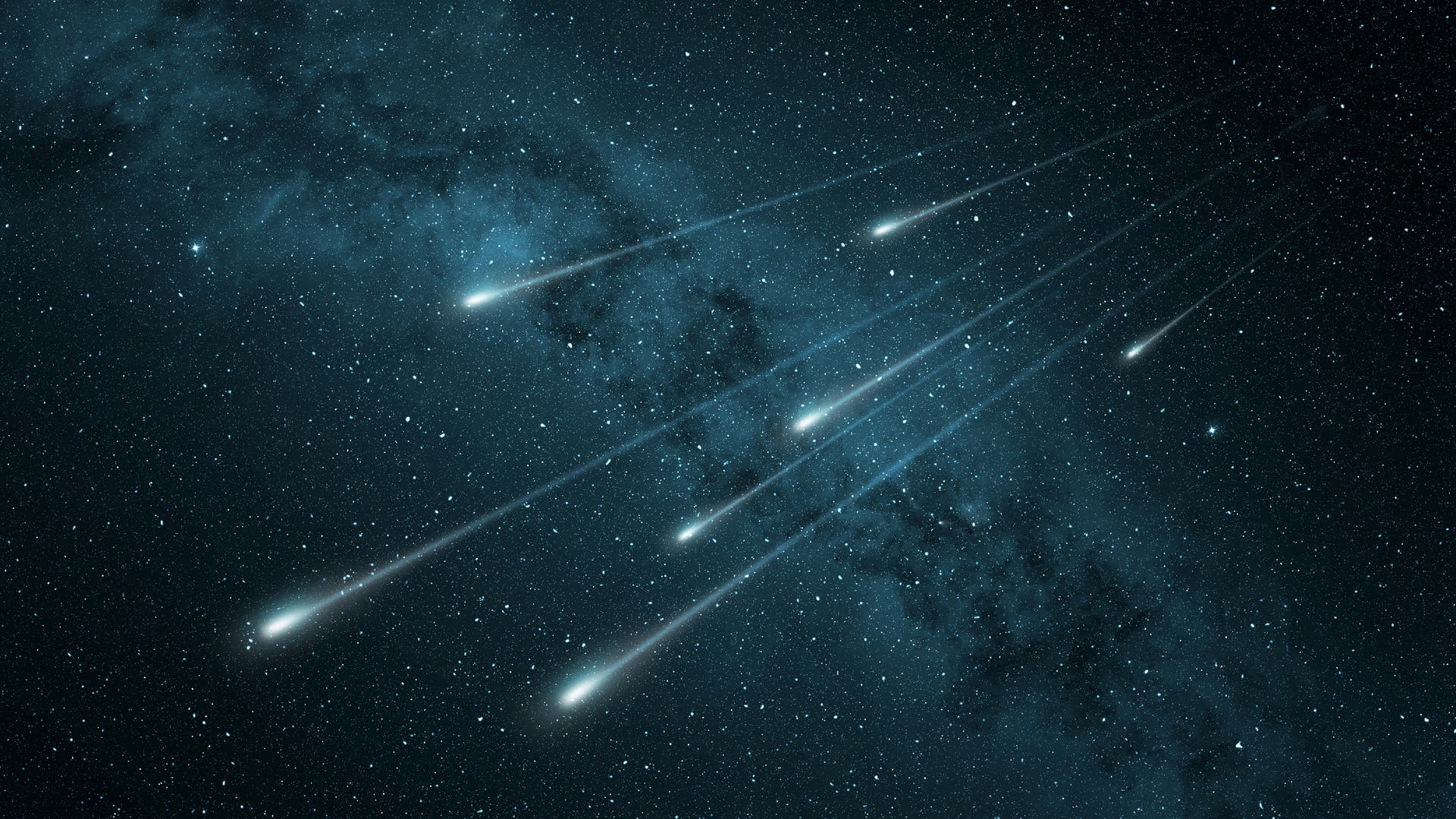
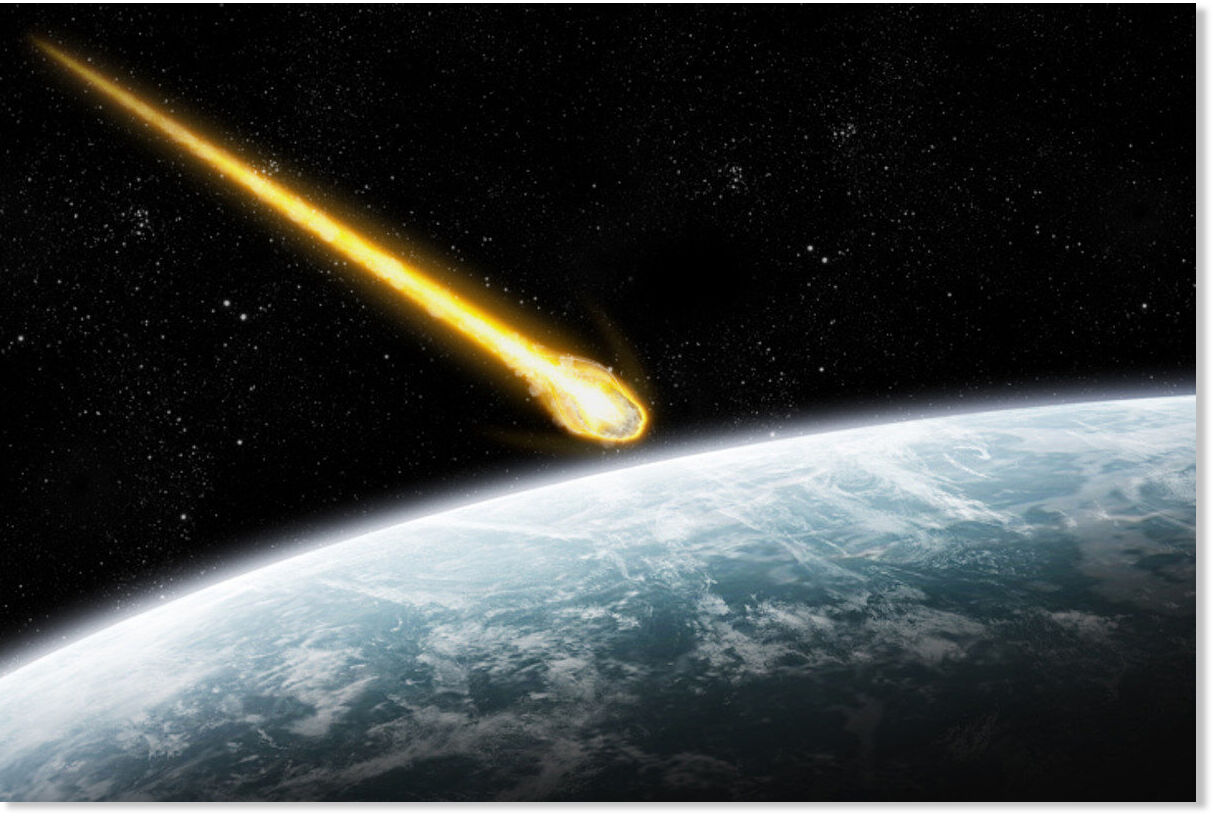
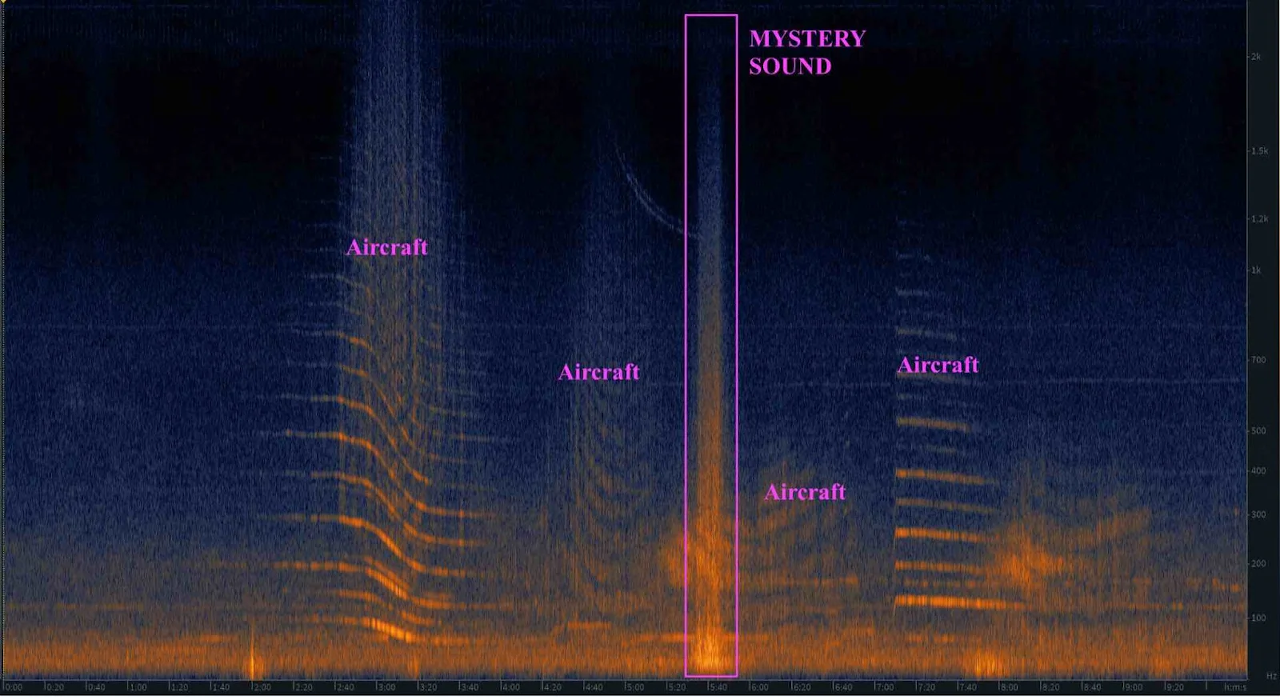
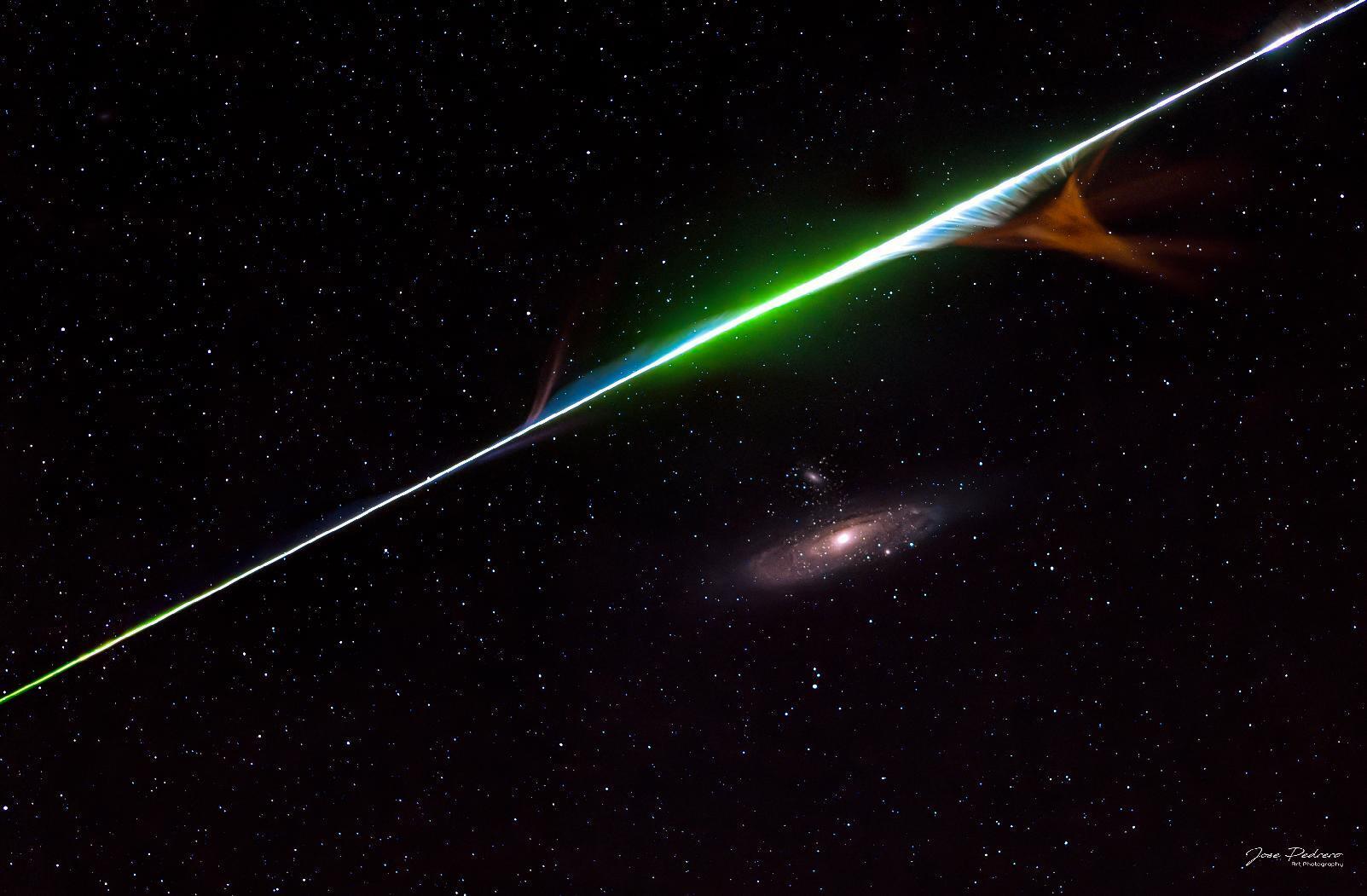

:max_bytes(150000):strip_icc():format(webp)/aquarius-02e79b5963a44a9aa385d4bb681cdd6a.jpg)
